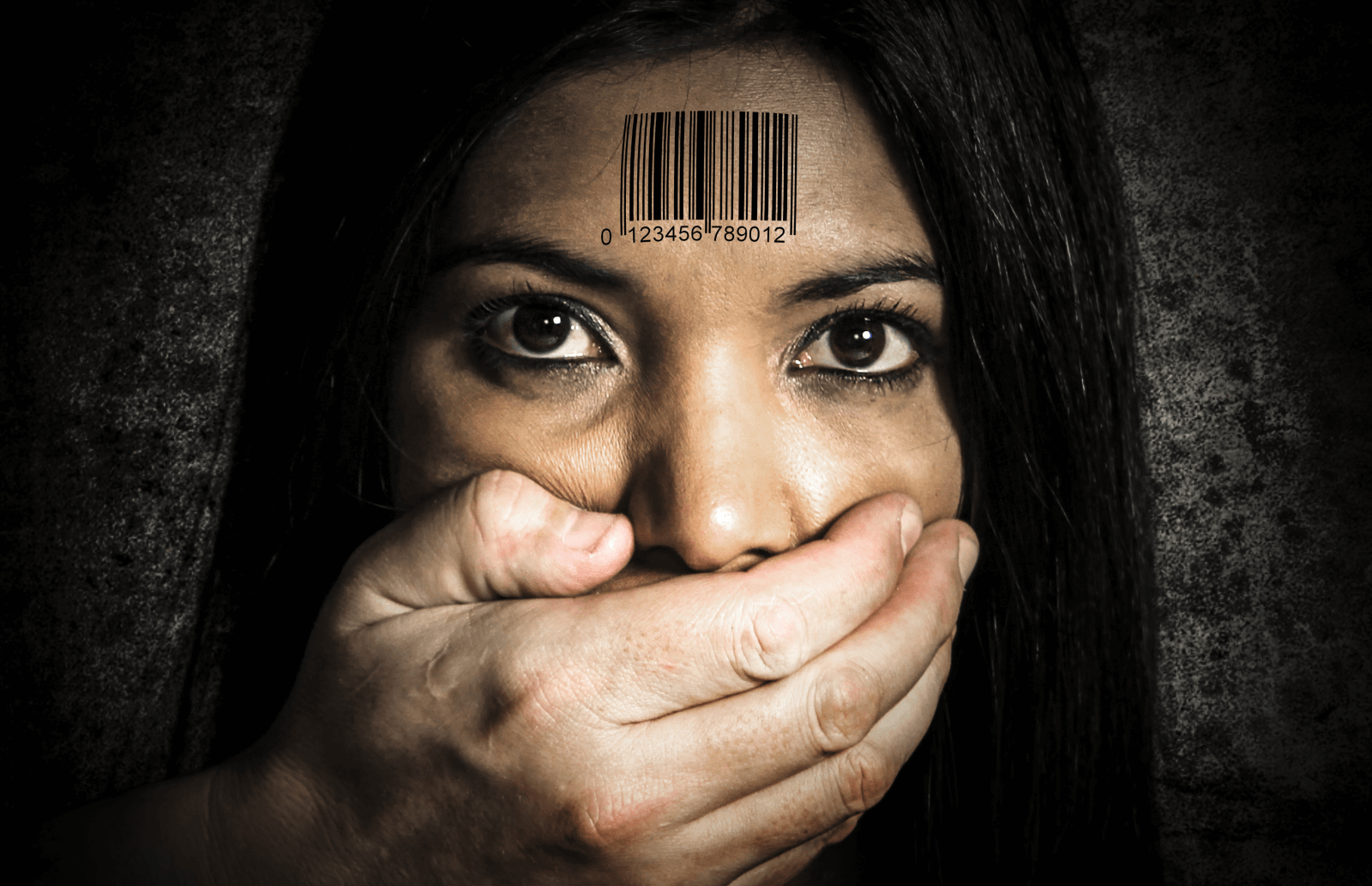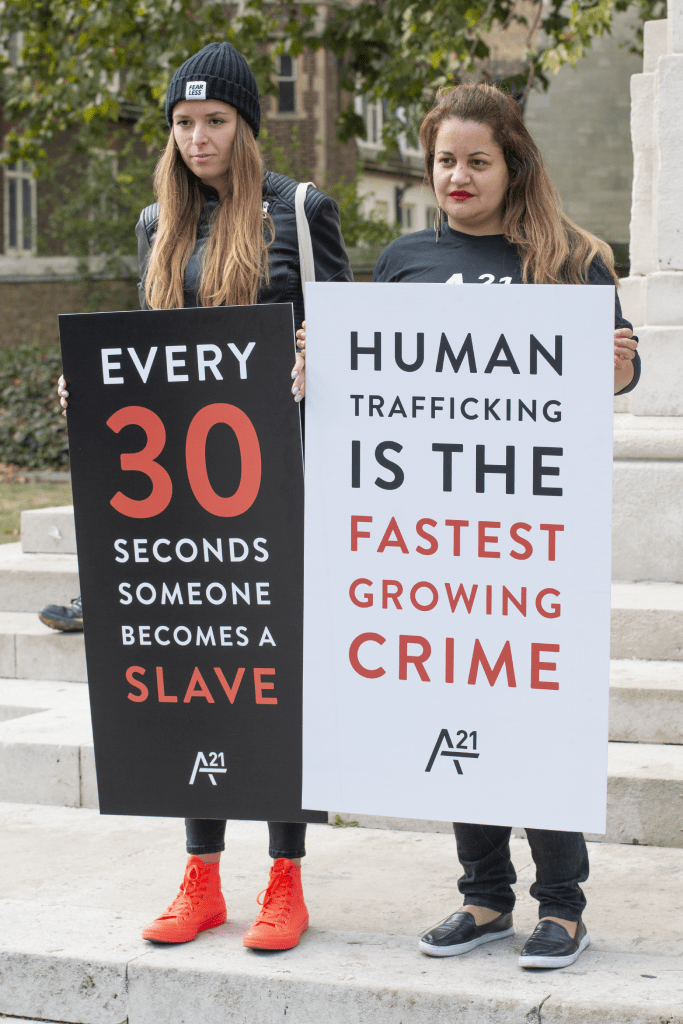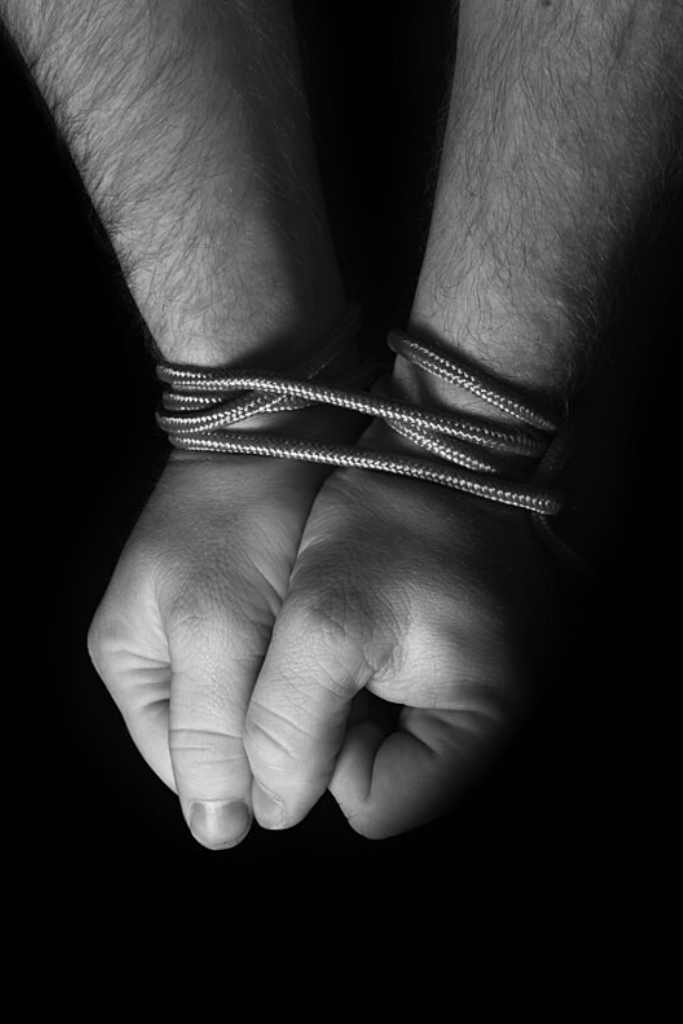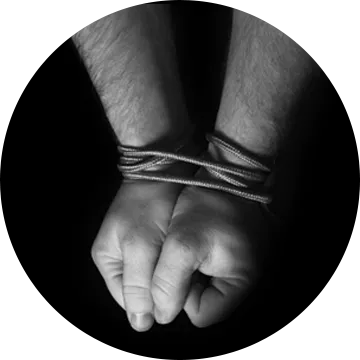
Modern Day Slavery


Modern Day Slavery: A Crisis in Plain Sight
Many people assume slavery ended a long time ago, especially when media is fixated with the historical slave trade, however, modern-day slavery is very real and happening around the world today. This complex crime against humanity manifests in various forms, including forced labor, debt bondage, human trafficking, forced marriage, and domestic servitude. An estimated 136,000 people in the UK are trapped in forced labor, sexual exploitation, or domestic servitude.
Globally, the situation is even more alarming. In 2021, approximately 50 million people were living in modern Day slavery, with 28 million in forced labor and 22 million trapped in forced marriages. This marks a significant increase of 10 million people since 2016. Women and children are disproportionately affected, with 71% of all modern slavery victims being female. Child exploitation is also rising, an estimated 3.3 million children worldwide forced into labour.
Recent reports highlight alarming trends. In 2024, the Australian Federal Police reported a 12% increase in human slavery and trafficking offenses, encompassing forced marriage, bonded labour, sexual exploitation, and domestic slavery. Meanwhile, in the UK, tougher immigration policies introduced in 2023 have inadvertently increased the rejection rates for modern slavery support claims which have been made, rising from 11% in 2022 to 45% in 2023. This has left many victims without support and fearful of deportation, making it even harder for them to seek help.
Modern Day slavery is a highly profitable industry, generating an estimated $150 billion in illegal profits each year, according to the International Labour Organisation (ILO). Industries such as agriculture, construction, hospitality, and domestic work are particularly susceptible to forced labour, with companies often unknowingly—or sometimes knowingly—benefiting from cheaper labour from exploitative supply chains. Even in developed countries, slave labour trafficking continues to flourish, as unscrupulous employers take advantage of vulnerable workers with threats, debt manipulation, and confiscation of identification documents.
Victims often remain invisible because they are afraid to speak out, do not know where to turn, or are kept under tight control by their exploiters. These modern Day slaves may be moved frequently between locations, making detection even more challenging. Additionally, digital platforms have become new battlegrounds for exploitation, with traffickers using online job postings and social media to lure victims into abusive situations, which could lead to them losing their life savings.
What can we do? Raising awareness is crucial, but action is essential in every case. Keep an eye out for warning signs: workers who seem afraid, individuals who have no control over their own documents or movement, or people forced into exploitative jobs. Governments must also strengthen anti-slavery legislation, ensure better victim support services, and hold corporations accountable for unethical labour practices. Consumers can also play a role by supporting ethical brands and demanding transparency in supply chains. With millions still trapped in exploitation, silence is not an option. The fight against modern-day slavery starts with awareness but must end with decisive action. This, has successfully been shown, to be the case through the Afro-Caribbean and African-American communities who have highlighted the Slave Trade leading to their present existence in the Western Hemisphere. They are well positioned to take on the new challenge of Modern Day Slavery, as they know the consequences of such inhuman behaviour.


































